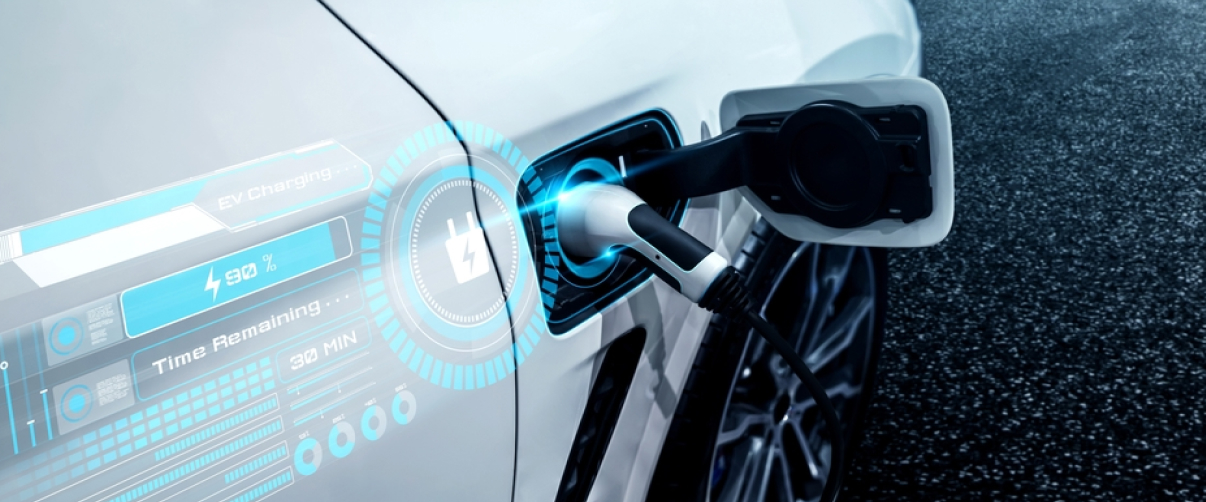The electric vehicle (EV) revolution is well underway, but one critical factor continues to hold back widespread adoption: battery technology. As the heart of an EV, the battery determines not only the vehicle’s range but also its cost, safety, and overall performance. Recent advancements promise to overcome current limitations, paving the way for a new era in electric mobility.
Battery Technology Breakthroughs: What’s Next for EV Performance?

The Rise of Lithium-Ion Batteries and Their Limitations
Lithium-ion batteries have dominated the EV market due to their high energy density and long lifespan. Companies like Tesla have been at the forefront, innovating with designs such as the 4680 cell to enhance energy density and vehicle performance. However, lithium-ion batteries face challenges, including high costs, risks of overheating, and ethical concerns regarding the sourcing of materials like cobalt. Efforts are ongoing to improve these batteries’ performance, safety, and cost-effectiveness.
Emerging Battery Technologies
Solid-State Batteries
Solid-state batteries replace the liquid electrolytes in conventional lithium-ion batteries with solid materials. This innovation promises higher energy density, faster charging times, and improved safety due to reduced risks of leakage and overheating. Companies like Toyota are leading the charge, planning to begin solid-state battery production by 2026, with mass production expected around 2030. While promising, challenges remain in manufacturing scalability and integrating these batteries into existing vehicle designs.
Lithium-Sulfur Batteries
Lithium-sulfur (Li-S) batteries offer the potential for higher energy capacity and lower costs, thanks to the abundance and low cost of sulfur. However, their short lifespan and issues with conductivity have hindered commercialization. Problems like the “shuttle effect” and dendrite formation lead to rapid degradation. Researchers are actively working on solutions to make Li-S batteries a viable option.
Silicon-Anode Batteries
Silicon anode batteries represent a significant breakthrough, with the potential to offer up to ten times the storage capacity of traditional graphite anode batteries. Silicon’s abundance makes it a cost-effective substitute. Companies like Amprius Technologies have developed silicon anodes that mitigate expansion issues during charging, leading to higher energy densities and longer lifespans. This innovation could revolutionize EV performance by dramatically extending vehicle range.
Sodium-Ion Batteries
Sodium-ion batteries use sodium instead of lithium, offering a more abundant and cost-effective alternative. While they currently have lower energy densities, advancements are being made to improve their capacity. Companies like CATL are moving towards mass production, targeting applications in stationary storage and micromobility devices.
Structural Batteries
Innovative research is exploring the use of batteries as structural components of vehicles. By integrating energy storage into the vehicle’s frame, structural batteries can reduce weight and improve efficiency. Researchers at Chalmers University are developing carbon-fiber-based structural batteries that serve both as support and power sources. This approach could significantly extend EV range by up to 70%.
Challenges and Considerations
Despite these exciting developments, several challenges remain in bringing new battery technologies to market. Manufacturing scalability, cost, regulatory compliance, and integration into existing vehicle platforms are significant hurdles. Additionally, the environmental impact of battery production and disposal raises concerns. Sustainable practices in sourcing materials, designing batteries, and managing their end-of-life are essential for the industry’s growth and consumer acceptance.
Investment and Policy Support
The global EV market’s projected growth underscores the urgent need for advanced battery technologies. Investments are pouring in, with over $1.2 trillion expected by 2030 to produce 54 million electric vehicles. Governments are also supporting this transition through policies like the Inflation Reduction Act (IRA) of 2022, which allocates substantial funds for clean energy and EV manufacturing, emphasizing domestic production and material sourcing. These policies could bolster battery recycling efforts, with companies expanding operations in the US and Canada to mitigate global supply challenges.
Conclusion
Battery technology is at the heart of the electric vehicle revolution. Breakthroughs in solid-state, lithium-sulfur, silicon-anode, sodium-ion, and structural batteries promise to address current limitations, leading to safer, more efficient, and more affordable EVs. As research progresses and these technologies mature, we can expect significant improvements in EV performance, bringing us closer to a sustainable, electrified future.
Links to Buy and Further Information
For more information on cutting-edge battery technologies and to explore investment opportunities, visit:











